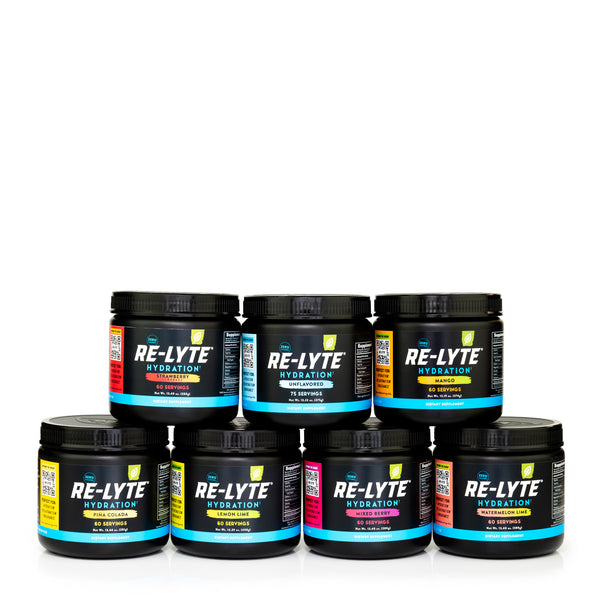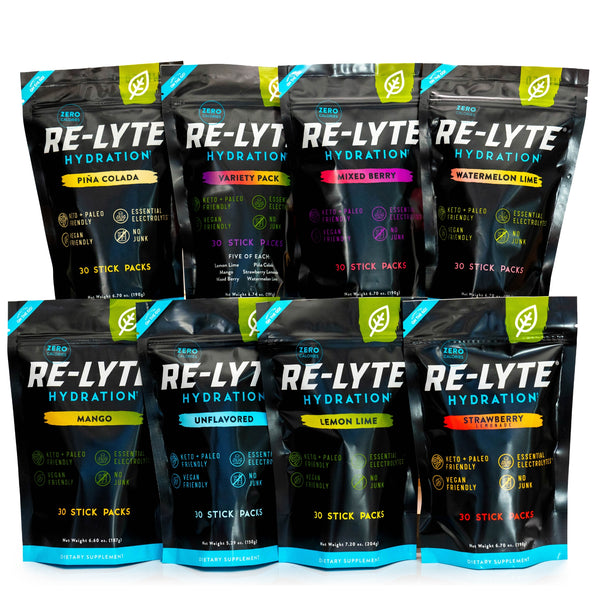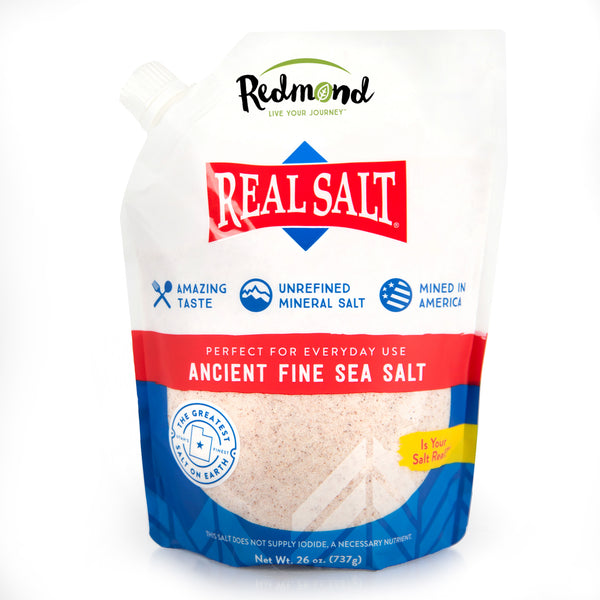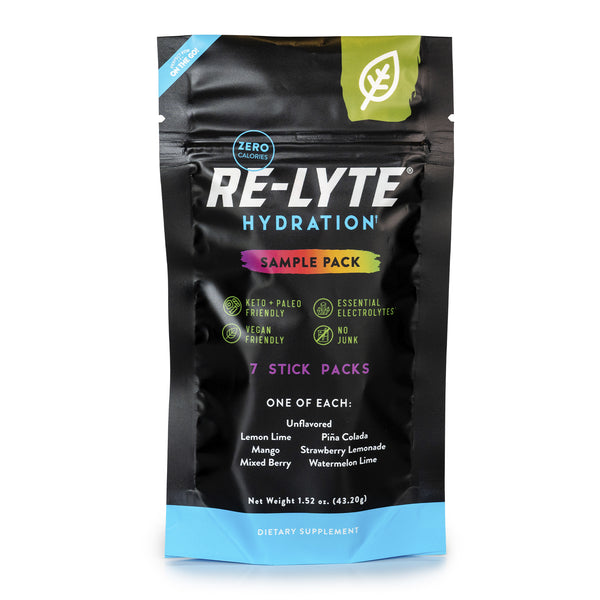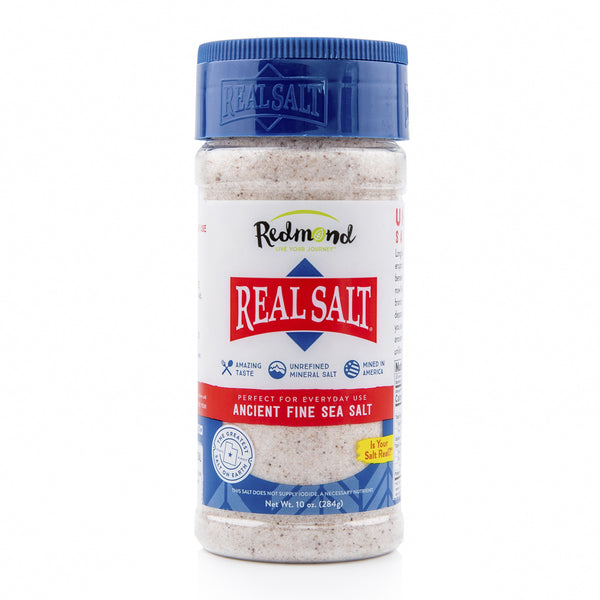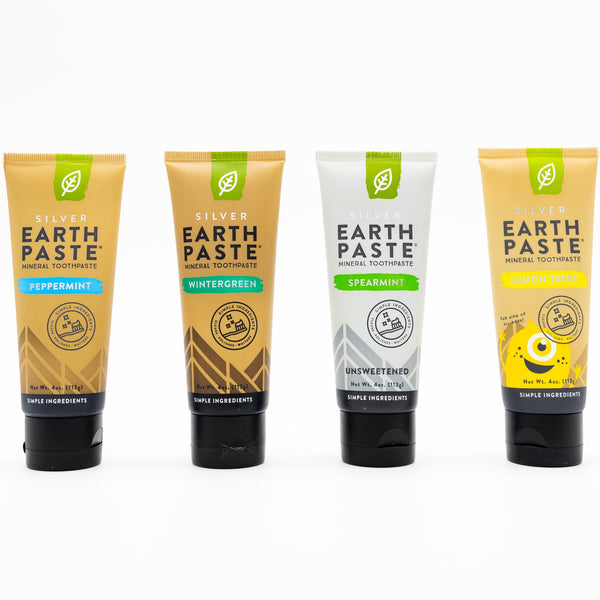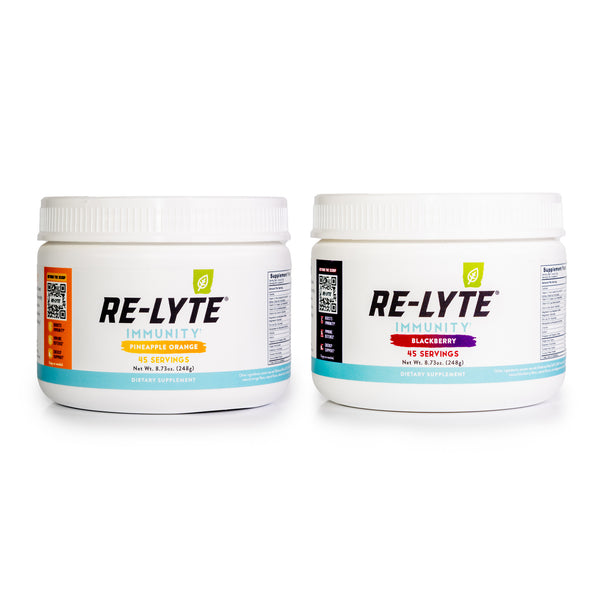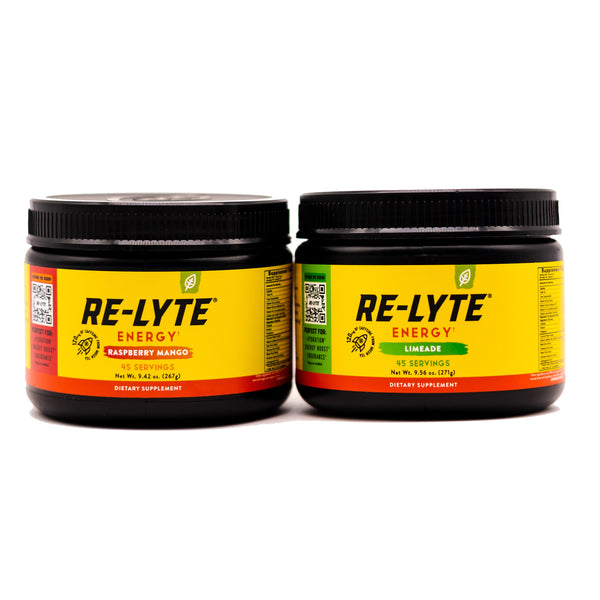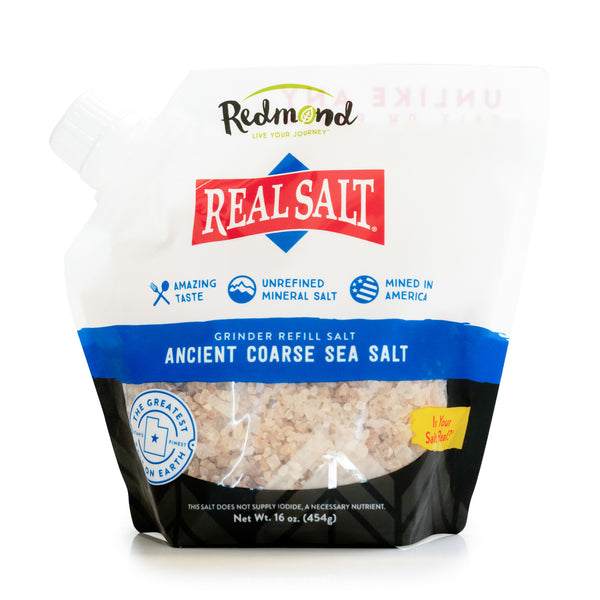Are the Minerals in Real Salt Bioavailable?
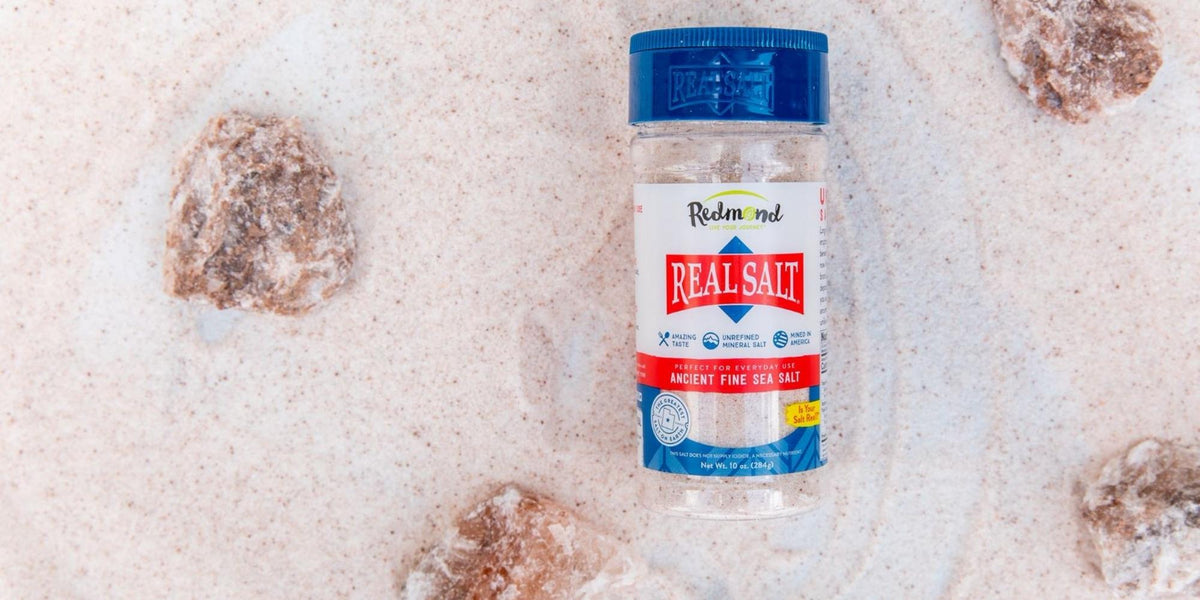
Article at a Glance
- Determining bioavailability is fairly complex and depends on a host of potential factors.
- We know the average mineral content of Real Salt, but have not done testing to determine the form of each mineral or its bioavailability.
- Experts discuss the benefits of using unrefined salt, but we can’t say whether the benefits are due to bioavailability, the ratio of trace minerals, pH, or some other factor.
With all our talk about unrefined salt and the 60 or so trace minerals in Real Salt, one question that naturally comes up is whether (and to what extent) these minerals are bioavailable. It’s a good question and one we can’t definitively answer because, like all good science-based questions, finding the answer involves a lot of research and requires a lot more than analyzing what minerals are present in Real Salt. We haven’t hired a team of scientists to determine bioavailability, but there is evidence that unrefined salts are beneficial due to the inclusion of natural trace minerals or lack of added chemicals.
What Is Bioavailability?
Bioavailability refers to the amount of a substance (vitamin, mineral, medication, etc.) that enters your bloodstream and body systems after you eat it. Whether a vitamin or mineral is bioavailable depends on a host of factors—the form of the mineral, molecular shape and other elements it is bound to (if a compound), whether your stomach is empty or full, the types of foods in your stomach and gut, the pH of the food and pH within your body, your unique gut microbiome, your body’s needs at the moment, and factors we haven’t even thought about yet.
Determining the bioavailability of a vitamin or mineral requires isolating the mineral or its compound to determine what form it is in and then testing it to determine the bioavailability of the mineral in that particular form. Research related to the bioavailability of magnesium in different magnesium supplements is a good example of the many forms of a single mineral and what it can take to determine bioavailability.
Keep in mind that bioavailability is very different from solubility (how something dissolves). An apple doesn’t dissolve in water, but your body can get nutrients from it by using physical (chewing, stomach churning), chemical (acid and electrolysis), and fermentation (microbes in the gut) processes to break it down and absorb nutrients.
Whether something is an organic or inorganic compound also doesn’t necessarily determine bioavailability. Sodium chloride (table salt) is technically inorganic because it was never alive, but your body is great at dissolving and using the sodium and chloride ions that make up salt.
One more thing to think about is that bioavailability doesn’t automatically mean that it will or won’t provide some benefit to your body. Yes, we want our body to absorb and get the most out of that daily calcium supplement we may be taking, but our bodies are extremely complex systems and something may provide a benefit even if we can’t detect it in our blood after taking it.
For example, curcumin has proven health benefits despite not being very bioavailable, and some research suggests that curcumin’s benefits may result from its positive influence on gastrointestinal health despite its poor bioavailability. Similarly, studies on clay show that it can increase the calcium content of bones “due to some factor or factors other than its calcium content.” Probiotics and prebiotics may not be bioavailable and directly absorbed by the body, but they build our gut microbiome and provide an important, but indirect, benefit to our health.
How Bioavailable Are the Minerals in Real Salt? We Can’t Say for Certain.

When it comes to Real Salt, we know (based on elemental analyses conducted by 3rd party laboratories) that a random sample of Real Salt will typically be just under 61% chloride and 38% sodium with 1-2% consisting of a mix of about 60 trace minerals. The elemental analyses determine the amount (by weight) of a particular element, but do not tell us the form of the elements or how they are combined with each other.
Pure sodium chloride (table salt) is 60.7% chloride and 39.3% sodium. Comparing those percentages to Real Salt, we can fairly conclude that although much or most of the sodium and chloride in Real Salt are joined to each other as sodium chloride, at least some must be on their own or combined with the other trace minerals. But this doesn’t tell us what the combinations are or their bioavailability.
Dr. James DiNicolantonio in The Salt Fix and Dr. David Brownstein in Salt Your Way to Health note the importance of the additional minerals found in unrefined salts such as Real Salt. They discuss the benefits of getting these minerals at the same time as sodium chloride. But we aren’t aware of formal studies to determine whether the benefits are due to bioavailability, ratios of the natural minerals, slightly higher pH, or “to some factor or factors other than” the mineral content.
Keep in mind that, regardless of bioavailability, the trace minerals in Real Salt are present only in very small amounts. Real Salt is about 98% salt and should not be treated like a mineral supplement or take the place of whatever extra vitamins or supplements your doctor recommends.
This is all a long way of saying we don’t know the bioavailability of the various minerals in Real Salt. We do know that it tastes great. We also know that research, experts, and unscientific anecdotal stories suggest there are impressive benefits, but a conclusive answer would require more scientific research.
Comments (1)

Recently purchased Real Salt
Is there a list of independently laboratory tested micro-nutrients in Real Salt?
Thanks, Greg
———
Redmond Life replied:
Hi Greg. You can find a mineral analysis on our website here: https://cdn.shopify.com/s/files/1/0031/8606/5475/files/Real-Salt-Elemental-Analysis-Summary-Page.pdf ________________________________


